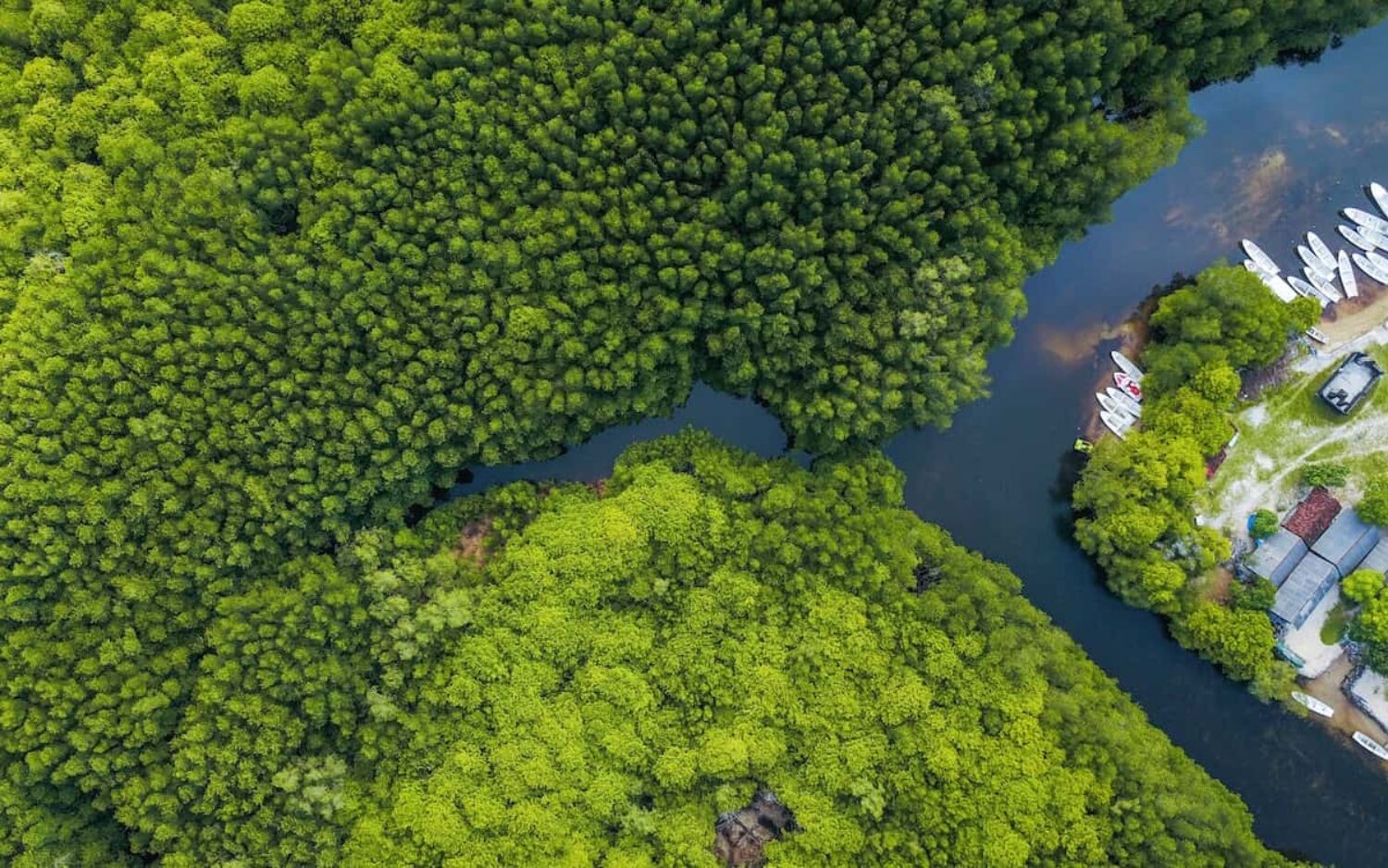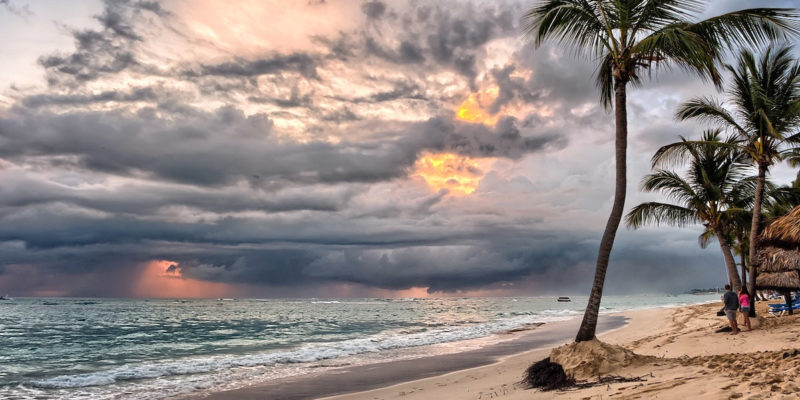‘This isn’t just luck’: why fewer people are dying from natural disasters
Reconstruction projects and technology solutions are reducing death rates from natural disasters, even as extreme weather events become more common
It didn’t look like a disaster zone. The scene was calm and peaceful: a ship was sailing downstream towards the Bay of Bengal. To one side, a wide strip of pasture bordered by a thick line of trees. On the other, more pastures, dotted with cows, and then a steep embankment, crowned by a brick road. Hidden behind him was the town, its presence betrayed by smoke from the night’s kitchen fires and a towering cell phone pole. The only blemish on the landscape was a rather incongruous concrete structure towering between the fields.
This peaceful scene had been the backdrop for one of the world’s worst natural disasters in living memory. The low-lying shores of Bangladesh are highly vulnerable to devastation from tropical storms. In 1970, Cyclone Bhola it wreaked havoc in this peaceful countryside, killing more than 300,000 people across the country. Since then, the frequency and intensity of such storms has increased, eerily in line with the predictions of climate scientists.
so when Cyclone Amphan – the strongest storm ever recorded in the Bay of Bengal – crashed ashore last May, the outlook looked bleak. Amphan certainly took its toll: hundreds of thousands of hectares of flooded farmland, millions of dollars in damage to infrastructure, housing and fisheries. People also lost their lives, but the final death toll was just 118. Compare that to the mortality caused by Bhola or by Cyclone Sidr in 2007, which killed some 3,500 people, and it is clear that something extraordinary has happened.
That something is a broad, but largely unreported, cyclone defenses and early warning program, gradually introduced in recent decades by the government of Bangladesh, along with a wide range of international organizations and NGOs.
Some of that was visible on my trip down the river: Those grasses act as a buffer for stormwater, slowing down the flood before it reaches the embankment, which in turn provides more protection for the villages. Then there are the tree belts, which also help absorb some of the force of the waves.

Bangladesh is restoring mangrove forests to protect its shores from storms. Image: Joel Vodell
Mangroves also play a role. Swathes of this natural flood defense have been cleared over the years, but now the focus is on conservation and replanting, with the creation of 1,200 km of coastal and riparian mangrove belts in the south of the country.
These plans are helping to absorb the fury of the storms. But more 21st century methods also play a role. Satellites and other forecasting technologies have been leveraged to provide better warnings of the likely speed, scale, and path of a storm. The aforementioned mobile phone mast is crucial in giving people an early warning of the arrival of a cyclone through text messages. This gives them time to reach a cyclone shelter, that raised concrete blockhouse that stumped me when I saw it from the river. If we add it all up, the result is a staggering drop in death rates, despite the increased severity of the storms.
Over the years, mangrove swaths have been cleared, now the focus is on replanting.
Bangladesh is not alone in this silent success. The death rate from so-called ‘natural’ disasters, whether they are truly natural, such as earthquakes and volcanoes, or the increase in wildfires, storms and floods that are increasingly linked to human influence, has decreased worldwide, despite some local increases. In the 1920s it was around 26 per 100,000; now, by some estimates, it is less than one.
This is not just luck. And it is certainly not because the disasters are less severe. It is because a large number of people are working every hour to help us better prepare for such catastrophes and overcome them alive. And they deserve some recognition.
Martin Wright is President of Positive News
Lead Image: Joe Desousa








